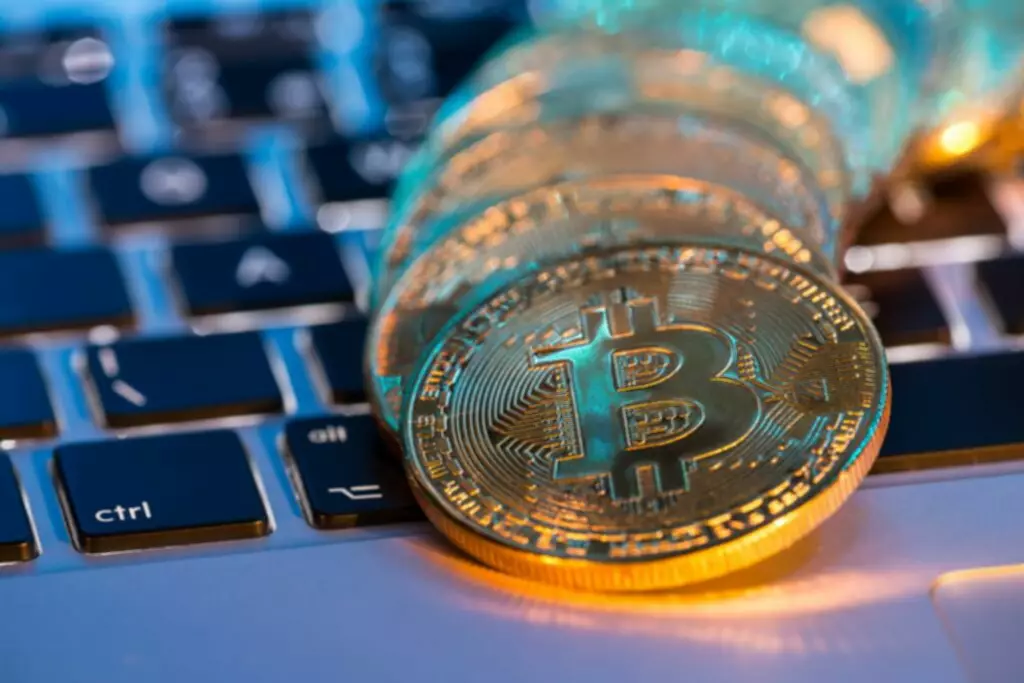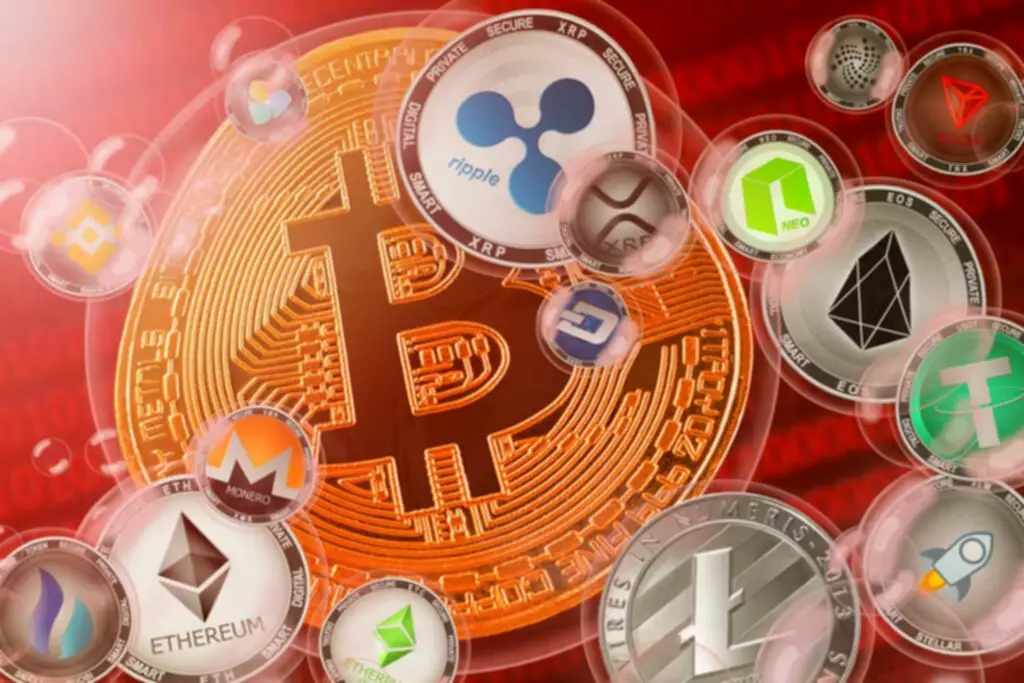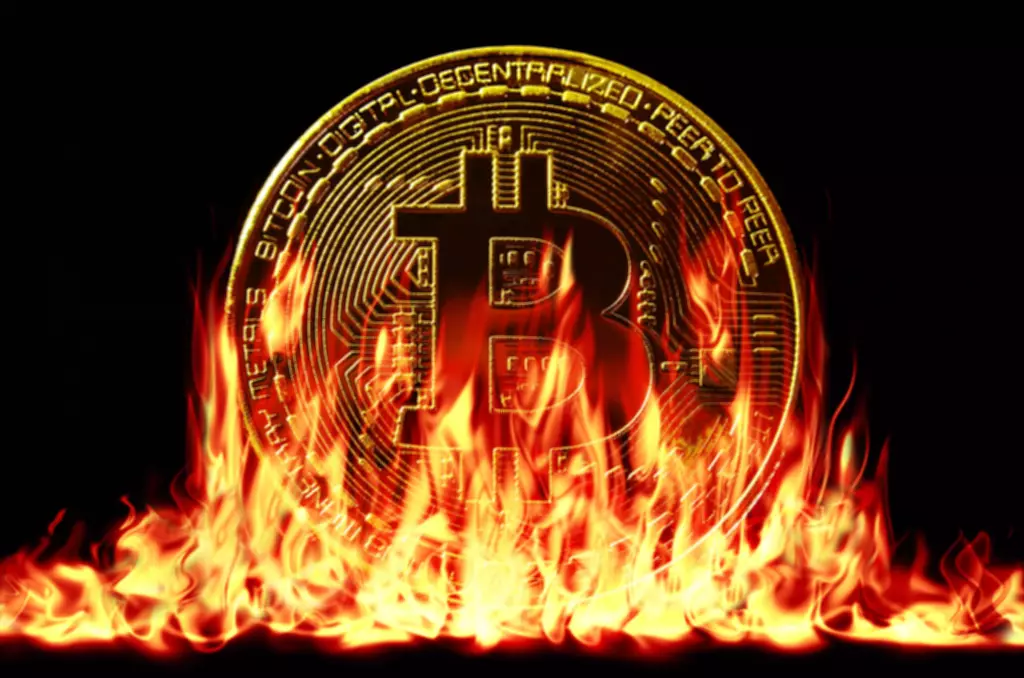Content
A lower low is when the price of a cryptocurrency closes lower than the previous day, which itself closed a… Proof-of-Burn is also said to be better than proof-of-work at ensuring coins are distributed in a fair, decentralized manner. Contrast this with proof of work mining, where we’ve all seen how the rise of ASIC mining pools can cause greater centralization of mining. Earlier this week, we watched the Jets’ Zach Wilson work his way out of a starting role via a long process cemented by his inability to take enough of the blame for an inept offensive performance. Ultimately, the idea that quarterbacks should be laughably, painfully contrite after losses is silly.

When the Bitcoin is burned the sender receives a set number of other coins in exchange based on the amount of Bitcoin burned. This, of course, has some merit but the oft-pointed weakness of such a paradigm is that the selection process incorporates only the staked or burned amount, and not the amount relative to the holdings of the stakeholder or burner. Thus, what may be a considerably larger sum than another miner may in fact be much smaller in proportion to that individual’s total holdings, thus serving as a weaker guard against misbehavior than intended. Because it requires investment — through power and equipment — to take part in the validation process and reap the rewards that come with it, miners are naturally disincentivized to engage in fraudulent behavior and support the network. Through coin burning, the circulating supply is reduced, which increases the value of the coin that is being burned.
Proof of Burn
Although the practice reduces inflation, PoB-powered blockchains use it to validate transactions. Proof-of-Burn is a type of consensus algorithm that is used in some cryptocurrencies. In this system, miners show “proof of work” by burning some of their coins. The more coins a miner burns, the more “proof” they have, and the more likely they are to be chosen to validate a block of transactions. POB is seen as a more environmentally friendly alternative to Proof-of-Work , as it doesn’t require large amounts of energy to run the mining process. However, POB is also considered to be less secure than POW, as it is easier for an attacker to buy up a large amount of the currency and then burn it all at once in order to take control of the network.

Cryptocurrencies use several methods to validate the data stored on their blockchains, including a method called “proof of burn.” Proof of burn has the advantage over Proof of Work that it does consume much less energy. So Slimcoin is your coin of choice if you ever have worried about Bitcoin’s environmental cost. But Proof of Burn has also advantages over Proof https://xcritical.com/ of Stake, another consensus method that minimizes energy use. For this to happen, the nodes must recognize your chain as the “best” (or “longest”) and thus you must have a lot of computing power. You can only be sure to write several blocks in a row if you have more than half of the computing power of all nodes of the network (this is the infamous 51% attack).
The concept behind this mechanism is that miners have to burn some of their virtual currencies, and prove they did it, to get a chance to mine a new block. Several networks currently use this tactic including the likes ofRipple, Binance, and Request Network. Binance encourages users to hold their BNB tokens as a way to reduce transaction fees on their cryptocurrency exchange. It operates on the principle of allowing miners to “burn” virtual currency tokens. They are then granted the right to write blocks in proportion to the coins burnt.
www.coinspeaker.com
This important task is performed by consensus-mechanism algorithms. It holds all transaction-related information on blocks and those blocks act as the data storage units of the blockchain. A block is written only when the blockchain nodes agree on a set of transactions that the nodes consider valid.

One critical part of any blockchain, required if it is to function properly, is some sort of consensus algorithm that both secures the blockchain and ensures it works efficiently. Proof of activity is the blockchain consensus algorithm based on a hybrid approach. In this system, the blockchain is maintained by a randomly selected group of validators who “stake” the native network tokens by locking them into the blockchain to produce and approve blocks. Proof of burn follows the principle of “burning” the coins held by the miners that grant them mining rights. Like in Proof of Work, the block rewards are high enough to allow the participants to make a financial gain from minting.
What Is a Proof of Burn for Cryptocurrency?
You won’t get back your investment in one hour or one day, but with some patience, in most situations you’ll eventually get significantly more coins that the ones you burnt. The important thing to understand is that the raw computing power is not important to prevent manipulation by double spending. It must be costly for an attacker to achieve the power to mine several blocks in a row.
- It revolves around a centralised “trusted entity” system, and so is not directly comparable to decentralised proof-of-burn mining; but it may be of interest to some readers.
- Then you publish your private chain and hope that other nodes mine on top of it.
- A block is written into the blockchain only once all the participant nodes reach a consensus regarding a set of transactions that they deem to be valid.
- Burning coins is also viewed as less resource intensive by some, in fact the resource being used is the person’s willingness to delay their profits.
- There is also a problem similar to that seen in proof-of-stake consensus, where those who have a lot of coins continue to amass an even greater number of coins.
- The actual implementation requires sending coins in circulation to an unspendable address, known as an eater address.
– to simulate the generating of random hashes that a real proof-of-work mining rig would produce. A “simulation” of proof-of-work at that level of detail would just be proof-of-work! Proof of work and proof of stake are also methods for preventing fraudulent activity on a blockchain; proof of work is the system employed by the original and most popular cryptocurrency, Bitcoin. Some blockchain systems use proof-of-work or proof-of-stake as their consensus mechanism; however, there is an alternative known as proof-of-burn . Some projects decide as part of a commitment to their investors that any unsold coins should be burned. This is a small but worthy effort to return value to the backers of their idea.
Proof of Stake
The first drawback is that the power consumption of PoW is very high. Computational power is employed to solve a math problem in exchange for crypto burn meaning remuneration. Greater the money a miner spends to solve the problem, the greater the chances that they will be allowed to mine blocks.

Consequently, POW currencies, including Bitcoin, aren’t very useful as a fungible instrument. It is a new type of mechanism and, therefore, it requires more testing to prove its security and efficiency. In this article, we will explain what Proof of Burn is and how it works. The coin distribution is more fair compared to all other consensuses.
Proof of burn: Proof of work without energy waste
This is expensive from their individual point of view, just like proof of work; but it consumes no resources other than the burned underlying asset. To date, all proof of burn cryptocurrencies work by burning proof-of-work-mined cryptocurrencies, so the ultimate source of scarcity remains the proof-of-work-mined “fuel”. To burn the coins, miners send them to a verifiably un-spendable address.
Bitcoin, the original and most popular cryptocurrency, uses a POW system. Proof of burn is a method for distributed consensus and an alternative to Proof of Work and Proof of Stake. The proof of burn consensus method requires another cryptocurrency, usually Bitcoin, to be destroyed or burned by having it sent to an unspendable address, known as an eater address. On proof-of-burn networks, the coin burn process involves sending the coins to an “eater address.” This address is publicly verifiable but inaccessible. Note that eater addresses are randomized and they don’t have private keys. How many coins a miner burns demonstrates his virtual mining power.
Proof of work: Bitcoin’s consensus mechanism
Well, transaction fee payers presumably like to re-stock their bitcoin real balances to roughly the same [economy-tracking] level as before, on average – they’re paying for the transaction processing as a service. [This follows directly from their re-stocking desire, and has nothing to do with proof-of-burn specifically. Often seen as Proof of Work without any real power consumption and the hefty equipment costs on the part of the miners, Proof of Burn endows the minors of a network with virtual mining power, rather than physical, proportionate to the value burned. In a traditional Proof of Work protocol, miners on a network compete in a race to solve computationally-intensive cryptographic puzzles in order to validate blocks on the networks. The key difference between proof-of-stake and proof-of-burn is that proof-of-stake rewards the validators for their stake in the network whereas the proof-of-burn gifts miners for burning the coins.
This consensus mechanism rids the blockchain of fraudulent activities like double-spending while keeping the network active and efficient. Proof of burn is said to encourage long term investment in a project, and miners who burn a lot of coins have a better chance of solving the next block in the chain, thus earning even more coins. As we saw from the Counterparty example above, around 2,100 Bitcoins have been taken out of circulation to create XCP tokens. This does not appear to be a very sustainable model long-term. The theory that this will ensure commitment from network participants is a pretty large gamble. This doesn’t really take into account building a meaningful network and then getting people to adopt it.
This is a task that is typically performed by consensus mechanism algorithms. Instead of investing in expensive mining hardware, users who want to become miners invest in virtual mining rigs, which makes it easier to become a PoB blockchain miner. How much a miner invests is entirely their decision, so they are not obliged to spend a certain amount, such as when buying specific mining hardware. The amazing answer, as far as I can honestly work out, is that in long-run equilibrium, the burn rate is just such as to make hardly any of this demurrage real demurrage at all! [The implicit remurrage of burning almost exactly cancels the explicit demurrage of network-strengthening coin-[re-]minting! (Or if you like, the implicit demurrage of inflationary fresh-coin-minting.) Either way, we seem to get the possibility of amazing network strength “for free”!
There are several examples of coins using proof-of-burn, and it is becoming increasingly popular as a choice of a consensus protocol. Probably the best known example of a PoB coin is Counterparty , which uses PoB to seed its tokens. Bitcoin are sent to an unspendable address and users receive Counterparty tokens in return.
Advantages of Proof of Burn
Full BioErika Rasure, is the Founder of Crypto Goddess, the first learning community curated for women to learn how to invest their money—and themselves—in crypto, blockchain, and the future of finance and digital assets. She is a financial therapist and is globally-recognized as a leading personal finance and cryptocurrency subject matter expert and educator. Jake Frankenfield is an experienced writer on a wide range of business news topics and his work has been featured on Investopedia and The New York Times among others. He has done extensive work and research on Facebook and data collection, Apple and user experience, blockchain and fintech, and cryptocurrency and the future of money. So in Proof of work, the right to mine blocks is tied to a monetary cost for the miner. The more a miner pays for computing equipment that is able to solve the cryptographic puzzle , the more chances he has to get the right to mine blocks.
Blockchain is the backbone technology of digital cryptocurrency Bitcoin that allows digital information to be decentralized and distributed. It provides immutability, privacy, security, and transparency. In Blockchain no central authority is present to validate and verify the transactions, yet every transaction in the Blockchain is completely secured and verified. The transactions are considered to be secured and verified because of the consensus protocol which is a core part of any Blockchain network.
How to stake MATIC with Ledger
There are in fact some further issues, to do with making sure it’s not cheap for a miner to re-exhibit their proof on multiple competing chains. Other people can add variant versions that still belong to the broad proof of burn idea. Do you think PoB is superior to other consensus methods such as proof-of-work and proof-of-stake?
